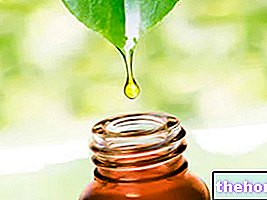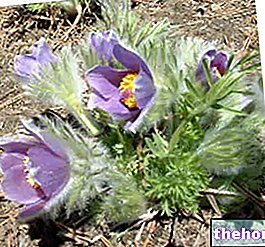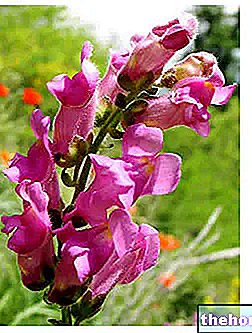
Scientific name
Commiphora molmol
Family
Burseraceae
Origin
Somalia, Sudan, Yemen
Synonyms
MyrrhParts Used
As a drug, the resin with an acrid smell is used, collected in granules and in small brownish masses (Official Pharmacopoeia)
Chemical constituents
- Essential oil;
- Sesquiterpenes;
- Ketones;
- Sterols;
- Polysaccharides.
Myrrh in Herbal Medicine: Properties of Myrrh
In the past, the resin obtained from the plant was used orally as a carminative, expectorant, digestive and urinary disinfectant; however, these uses are now abandoned due to a lack of data on the safety of use of myrrh.
The plant was also used as a perfume for rooms, as an insecticide, or even during funeral ceremonies for embalming.
The myrrh tincture is a specific remedy (for external use) for gingivitis, pyorrhea, canker sores, stomatitis and tonsillitis; it can also be used for the dressing of abrasions, wounds, skin ulcerations, boils and acne.























-nelle-carni-di-maiale.jpg)




